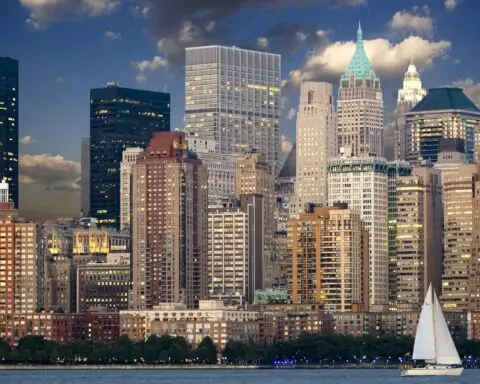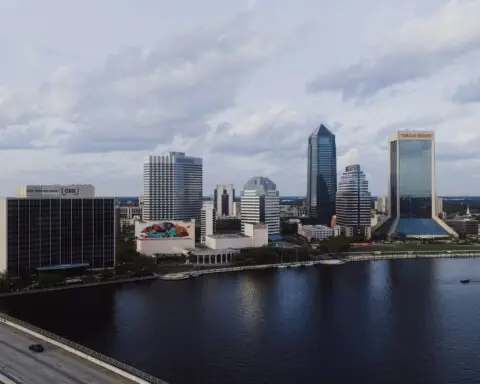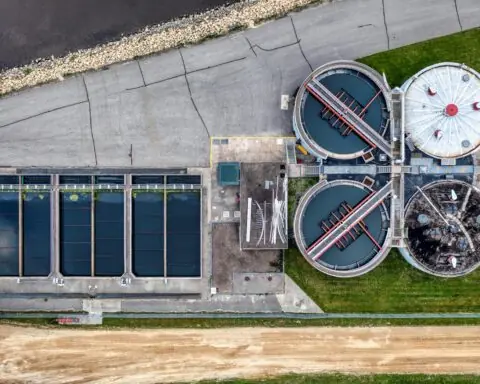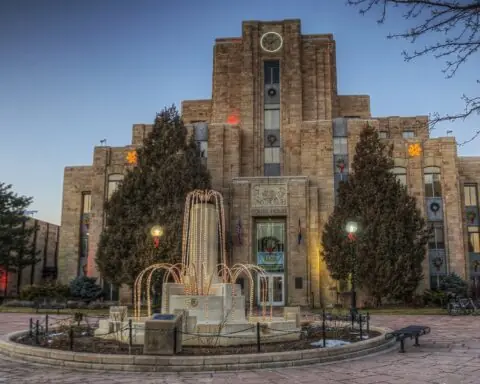The Department of the Interior (DOI) will use $195 million over the next decade for climate restoration and resilience projects. Funded by the Inflation Reduction Act, the investment will support more than 40 projects across hundreds of national parks, helping them prepare for climate change, protect species, restore ecosystems and invest in conservation.
The funding was originally announced November 2023 as part of the Fifth National Climate Assessment (NCA5). The NCA5 assesses climate change, its national and regional impacts and potential solutions to reduce current and future risk. An additional $44 million was allocated earlier in Fiscal Year 2023 to restore and strengthen climate resilience and advance the America the Beautiful initiative, which seeks to restore and conserve 30% of lands and waters by 2030.
The DOI will support initiatives that promote climate resilience in forests across the nation. Similar initiatives will focus on restoring sagebrush ecosystems and increasing ecosystem health by managing invasive plants. The funds will also help Southeastern states improve coral health and resilience to climate change.
Other initiatives include preventing the extinction of Hawaiian forest birds by deploying innovative technology to suppress non-native mosquito populations in key habitats. The DOI will fund strategic plans to manage abandoned mine lands and improve visitor and wildlife safety.
Projects also include partnering with Tribal Nations to mitigate climate change impacts and improve food security for subsistence users. The funds will help expand the Community Volunteer Ambassador youth program, dedicated to promoting volunteerism and community engagement.
The $195 million investment is a part of DOI’s $2 billion investment plan to restore the nation’s lands and waters, leveraging a restoration and resilience framework to coordinate agency restoration and resilience programs.
The framework aims to address climate change impacts such as wildfire, drought and coastal flooding and to restore lands and waters including rivers, wetlands, grasslands and islands. In addition, it prioritizes enhancing community quality of life by improving outdoor spaces and addressing legacy pollution.












